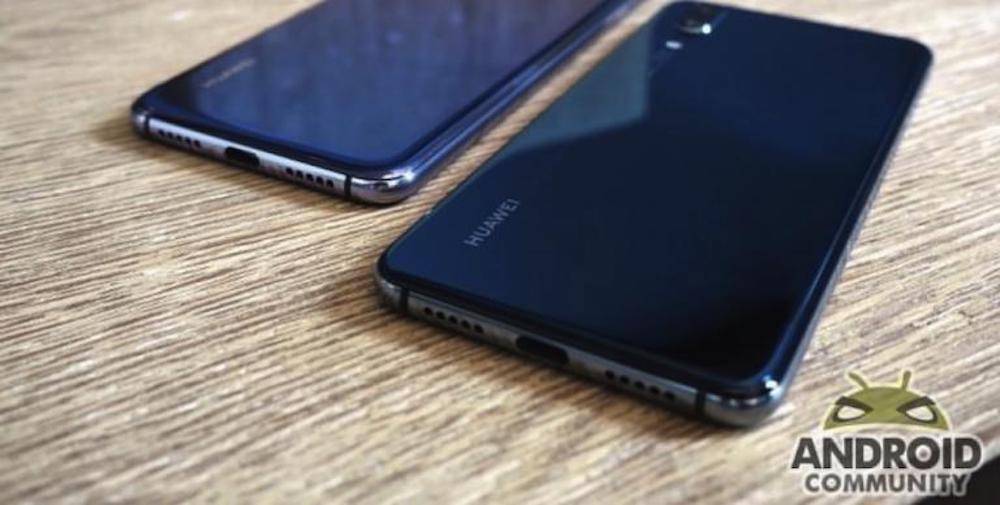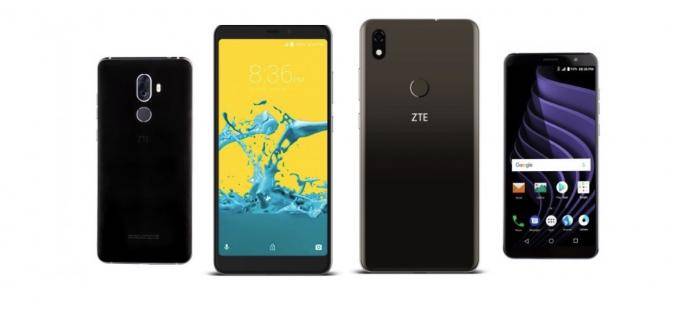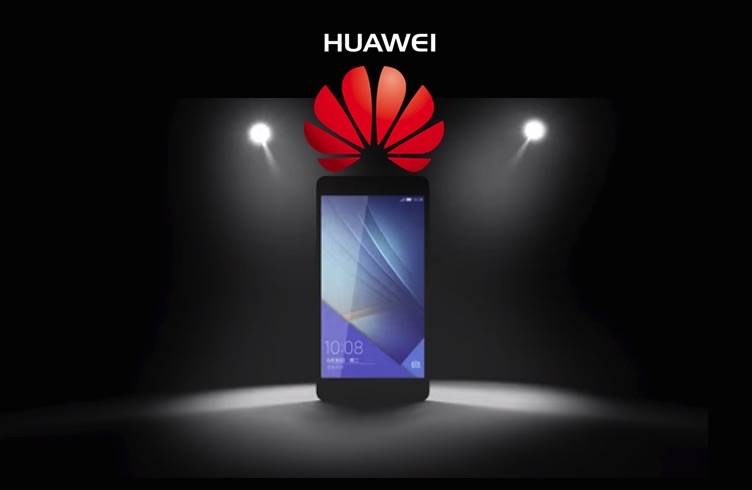
It’s a brand new year. I bet by now you’ve made another long list of resolutions—or not. It’s longer now because you haven’t really fulfilled any of the resolutions but are now adding new promises. For us in the Android community, we’re not making any New Year’s Resolutions—maybe not yet. We’re looking forward to a brand new year where the mobile industry is becoming more advanced than ever in terms of new technologies, design, and development. Before we list down what new things to expect for 2019, allow us to summarize some of the top stories in the smartphone game.
1. Notch
![]()
The notch. Not many people may be happy with this addition but the new design has been implemented by several OEMs. Some will say it’s not aesthetically pleasing but such allowed mobile devices to achieve almost bezel-less displays.
The notch allowed for a larger screen real estate and we have the Essential Phone to thank for making the notch more popular. Actually, there’ also the iPhone X and even before Apple, Sharp did with the Aquos S2 and the Aquos R Compact. We tend to forget about these devices because they weren’t as popular.
When 2018 entered, the notch became a focus by most OEMs. Earlier in the year, the ASUS Z01RD was benchmarked with a notch. It is thought to be the Zenfone 5 looking like the iPhone X’s. The Huawei P20 was also rumored to have a notch just like the Oppo R15 and R15 Plus as leaked on Weibo.
Before Q1 ended, LG launched the G7 ThinQ with a notched display. And then there came a rumor Apple may be dropping the notch design. The next-gen Essential Phone has been rumored to ditch the notch as well. Interestingly, more notch teasers were heard including those for the Xiaomi Mi 7 and the OnePlus 6.
Vivo V9 images also showed a notch while OPPO officially launched the R15 and R15 Dream Mirror Edition in China with a notch.
Huawei did introduce the P20 series phone but said the notch is part of transition only. Soon, more brands followed and implemented the notch including the OnePlus 6, ZTE Iceberg concept, Nokia X6 (Nokia 6.1 Plus), NOKIA X5, Google Pixel 3 XL, and OPPO A3s. As if a single notch isn’t enough, Sharp rolled out the AQUOS R2 Compact with dual notches.
The notch may be gone soon because of the entrance of the camera-hole screen technology. Samsung launched the Infinity-O cutout and camera-hole display and then we learned about the Samsung Galaxy A8s. Huawei has been set on competing with Samsung in this new arena with hole-screen smartphones as it recently announced the Huawei Nova 4 and the Honor View20 in China.
2. Huawei not welcome in the US

Starting December 2017, Huawei was struggling to get its place in the US market. But no thanks to the US government for blocking all of the Chinese OEM’s effort to enter the country. There’s the Honor brand alright but Huawei hasn’t fully infiltrated the American market.
We even said Samsung and Apple would be challenged by Huawei. To be honest, we never doubted that. The company was said to enter the market with Verizon and AT&T but to no avail.
Huawei was said not to be giving up on the US market as affirmed by the CEO but the government was serious. US carriers were urged by lawmakers to cut deals. US intelligence chiefs also cautioned citizens from using Huawei devices. We don’t think Huawei will ever win even if it has great products to offer.
Huawei was being investigated in the US over illegal sales in Iran. Together with ZTE devices, Huawei phones were banned from being marketed in US military bases. An official defense policy bill that banned Huawei and ZTE was signed by President Trump back in August.
3. ZTE sanctioned

The same issue has affected ZTE but the government seems to be bent on targeting Huawei. ZTE has been one of the top phone makers in the US mainly because it offers affordable phones with almost premium specs. Earlier this in 2018, ZTE was sanctioned for lying to the US government. It was asked to cease operations of main business due to U.S sanctions.
But then again, Trump ordered Commerce Department to help out ZTE. It did receive a second chance via White House but would need to clean up its act.
We shared with you the timeline of what really happened. ZTE was saved but had to pay a high price. Trump tried to block the deal again but the US government gave ZTE temporary retrieve.
ZTE was soon allowed to do business with US suppliers again. We believed it’s finally, truly safe.
4. Facebook-Cambridge Analytica Scandal

Facebook has been hit and questioned dozens of times this year. It started to simplify and streamline Messenger app this 2018 and said it was testing out Watch Party for Groups. Cambridge Analytica then happened. Facebook was found to be collecting all sorts of data for several purposes that outraged millions of people.
The scandal didn’t die fast that people were being urged to delete Facebook. The issue was highlighted more because user data were reportedly used to help the Trump campaign team manipulate voters during the 2016 presidential election.
Facebook CEO Mark Zuckerberg released an official statement and detailed how the company was taking steps to make sure the situation doesn’t happen again.
Facebook was doing its best to making things easier for people like finding and understanding privacy controls. We taught our readers how to check Facebook information was accessed by Cambridge Analytica. Facebook then proposed a “new” and clearer service and data policy.
The company has continued to restrict 3rd party app’s access to users’ data, as well as, re-announced more privacy reminders to comply with EU’s GDPR.
Facebook published Community Standards and internal guidelines. As one of the several effects, 200 apps were suspended from Facebook for possible privacy violations.
Facebook is being more careful and still wants to protect you from “non-consensual intimate image uploads”. There’s the Facebook two-factor authentication taking security seriously.
Facebook’s latest privacy problem was made known to us and we were reminded to be careful.
There was a leak Facebook admitted. If that’s not enough, Instagram also admitted passwords of some users exposed as plaintext just in November.
5. Google fined by EU

In July 2018, the European Commission fined tech giant Google 3.4 billion euros for imposing illegal restrictions on other Android OEMs and mobile network operators. The agency identified three specific practices of Google that were unacceptable:
(1) requiring manufacturers to pre-install Google Search and Chrome browser so they can install the Play Store on the device;
(2) they pay companies to pre-install Google Search app on their phones;
(3) and that they insist OEMs don’t run custom versions of Android.
It wasn’t the first time the issue erupted because as early as 2016, EU was set to punish Google for anti-competitive practices for Android devices. We also remember those anti-trust charges against Google back in 2015.
European Commission finally went after Google for breach of antitrust laws. The decision was handed down in 2018 and so the company started to charge licensing fees to comply with the anti-trust ruling.
6. Huawei beats Apple

We knew it would happen: Huawei overtaking Apple. That’s even after the global mobile market saw a decline in Q2 2018. After Samsung and Apple, Huawei has always been the brand to beat. It wasn’t surprising at all because the top Chinese OEM has been climbing up the charts.
The smartphone sales showed why Huawei was a force to reckon with. Samsung was still number one but it may see further challenges especially after its sluggish growth amidst disappointing S9 sales.
In China, there’s Huawei, OPPO, Vivo, and Xiaomi. Xiaomi was already beaten by Oppo and Vivo but it still is one of the more prolific ones launching different and innovative products. Huawei wants to be No. 1 in the world. It will also roll out a foldable phone this year so we’ll be careful in watching the mobile industry.
7. Foldable-Flexible Display

The foldable display technology started as a concept but it’s now a reality. Well, almost since we have yet to see an actual foldable phone from the biggest OEMs.
As early as 2016, we learned about Samsung’s plans to make a bendable smartphone. A flexible display was shown off and we were told a foldable smartphone would arrive very soon. The South Korean tech giant was beaten by the Moxi bendable smartphone prototype and we soon heard about other companies working on their on foldable-flexible devices such as Lenovo, LG, Google, and ZTE.
In the latter part of 2017, ZTE showed off the Axon Multy dual screen phone which turned up officially as the ZTE Axon M foldable phone. It claimed to be the first truly foldable phone.
More companies shared their foldable phone plans like OPPO, Huawei, and Motorola.
The Samsung Galaxy Foldable Phone will be announced this year. The Infinity Flex Display is official so we’re certain about the Galaxy X aka Galaxy F Galaxy Folder aka Galaxy Fold smartphone. Samsung teased a foldable phone and already filed a patent for new Infinity brands.
Samsung’s foldable phone with Bixby 3.0 will be released with the 5G Galaxy S10.
So far, we know the LG foldable-flexible phone may not be announced at CES 2019 but the OPPO foldable smartphone may be announced in Barcelona. LG already filed for five brand names related to upcoming foldable phones. Huawei also registered foldable-flexible names for a trademark. OnePlus may also follow.
Google is also working on Multi-Resume, Multi-Display for Foldables and other devices, as well as, Android support for foldables.
A real foldable-flexible phone went ahead of the competition in the form of FlexPai. That’s right, an unknown company already beat Samsung, Huawei, and other more popular brands out there.









